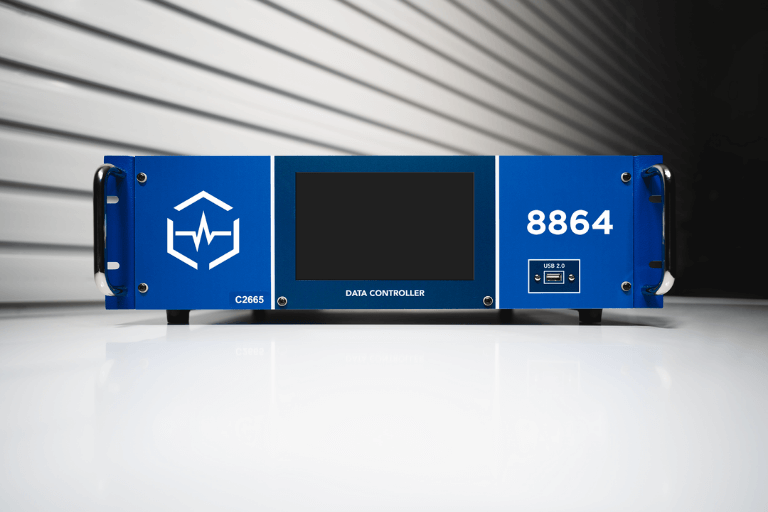The Ultimate Guide to Automating Daily Validations
Learn How to Automate Daily Validations in your facility's Continuous Emissions Monitoring Systems (CEMS)
Learn How to Automate Daily Validations in your facility's Continuous Emissions Monitoring Systems (CEMS)
An Introduction to Daily Validations
Checks for calibration drift or error are time-consuming, difficult to do manually, and sometimes dangerous. For Plant Historians who work with devices, analyzers, and operational systems for Continuous Emission Monitoring Systems (CEMS), Continuous Capacity Monitoring Systems (COMS), and Continuous Parametric Monitoring Systems (CPMS), automating daily validations of calibration accuracy helps streamline workloads, improve accuracy, improve safety, and ultimately reduce downtime.
In this guide, we will provide a rundown of daily validation automation, including an explanation of why it’s essential, how to perform it, and some suggestions if you are new to the daily validation process.
What are Daily Validations of Calibration Accuracy?
According to the U.S. Environmental Protection Agency (EPA), Calibration is defined as comparing a measurement standard, instrument, or item with a standard or instrument of higher accuracy to detect and quantify inaccuracies and report or eliminate those inaccuracies by adjustment.
Since the term calibration is associated with an adjustment in either the instrument or software, these adjustments should be minimized as much as possible. Sometimes performing frequent adjustments to provide the “most accurate data possible” can be self-defeating and cause additional measurement uncertainty. Therefore, quality control procedures that include verification checks and multi-point calibration verifications are considered “checks without correction” and are used to ensure the instruments are within the calibration tolerances.
Why Do Daily Validation of Calibration Accuracy Matter?
The actual language used by the various quality assurance regulations varies from one regulation to the next. In general, these regulations require the CEMS operators to challenge and verify the accuracy of these monitors periodically, and typically, about once every 24 hours. This check is performed using gas cylinders of known concentrations, which are carefully prepared to be very accurate, using protocols defined by the U.S. EPA.
While someone can perform these checks manually, ESC Spectrum’s data systems are pre-configured to perform these checks the same way each time they are initiated to allow for only an “apple to apple” comparison but a “Granny Smith-to-Granny Smith” comparison.
The data systems are also pre-configured, using a timer, to check at the same time each day, about 24 hours following the last check. Using a timer to automatically initiate a daily calibration check eliminated the chance that you’ll forget to perform the check.
Our Data Acquisition System (DAS) would initiate a startup calibration check (it uses the same program) if the unit were offline when the routine calibration check was scheduled to be performed. When the unit begins operating, the DAS waits a couple of hours and automatically initiates the calibration cycle.
Every regulation that requires the operation of a Continuous Monitoring System requires it to be verified and proven in its accuracy. This is typically done to compare the monitor’s response when exposed to a calibration gas of a known and specified concentration.
The Pros of Automating Daily Validations with The 8864 Data Controller
A complete installation of the ESC Spectrum StackVision Data Acquisition System includes both software and hardware. The 8864 Data Controller hardware collects data from the monitored sources, and does the initial validation, creates compliance averages, and stores the data locally, Our Data Controller then passes the values on to StackVision.


